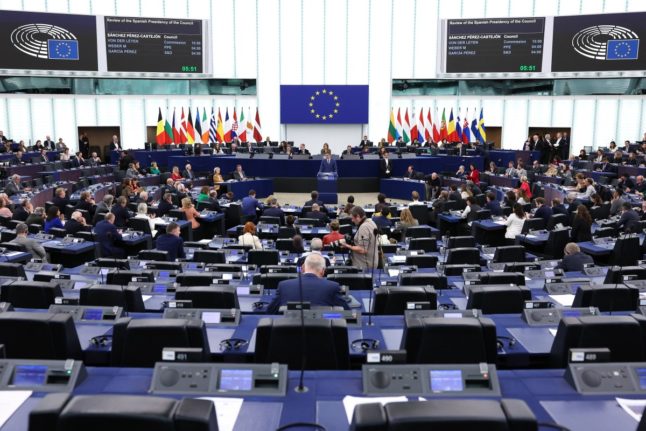As many as one in seven of the 1.7 million inhabitants of Greater Copenhagen who are over 18 years old do not have Danish citizenship, meaning they do not have a say in the parliamentary election, according to Statistics Denmark data reported by local media TV2 Lorry.
The number of foreign nationals resident in the Danish capital is increasing because of globalisation combined with strict Danish citizenship rules, according to election researcher.
“This is partly because we live in a more globalised reality where many more people move and settle down across borders,” Roger Buch, election researcher at the Danish School of Media and Journalism, told TV2 Lorry.
“And it is also particularly because we in Denmark have made it increasingly difficult – for some, impossible – to achieve citizenship,” he said.
READ ALSO:
- How to apply for citizenship in Denmark
- Do children born in Denmark automatically get Danish citizenship?
That impacts parliamentary elections, in which citizenship is a requirement for the right to vote, he said.
Both the result of the election and the balance of parliamentary representation can be affected, he said.
“The people who are excluded from voting would quite certainly not vote in the same way as the national average. If they had the right to vote, the election result would be different. We are not talking about one party suddenly getting ten extra seats in parliament, but it would undoubtedly move and redistribute seats,” Buch said.
When broken down by municipality, the proportion of local populations without the right to vote can reach as much as one in four, according to TV2 Lorry’s report.
Based on Statistics Denmark’s figures, 19.6 percent — almost one in five — of residents in Copenhagen Municipality cannot vote because they are not Danish citizens.
In Ishøj, a municipality in the Greater Copenhagen area, that rises to as much as 25.4 percent, just over one in four.
People without Danish citizenship are not all recent arrivals. Due to citizenship rules, it is possible to be born in the country or have lived in Denmark for decades — while paying taxes and raising families — without meeting citizenship criteria.
The issue represents a democratic problem, professor Per Mouritsen of Aarhus University’s Department of Political Science, said to TV2 Lorry.
“If you have permanent residence in a country and significant life interests here, you are an object of that country’s laws. If you ca’t participate in affecting them, you are, in a certain sense, dominated. Based in a principal question of democracy, I would certainly say it is a democratic problem that Denmark has such a high proportion of residents without the right to vote,” Mouritsen said.
The impact of excluding a large part of Copenhagen’s population from the election can have a knock-on effect in other parts of Denmark, another expert said.
“When some parts of the country have a large proportion without the right to vote, that also pulls down election turnout,” Robert Klemmensen, professor of political science at Lund University in Sweden, told TV2 Lorry.
“We know that voting and taking part in elections is often a social matter. So maybe you could have the right to vote, but if your family and friends do not then the chances you go out and vote are also lower,” he said.
The proportion of Denmark’s population that does not have the right to vote has grown from 2 percent in the 1980s to over 10 percent at the upcoming election.
In contrast to parliamentary elections, many foreign residents can vote in local elections in Denmark.
Left wing party Independent Greens said in November last year that it wants to allow persons who have legally resided in Denmark for at least four years to be allowed to vote in elections.
A similar stance was pronounced by the Alternative party in 2018.
Both of these parties are at the fringes of parliamentary influence, however.
A poll this week gave the Independent Greens a 0.6 percent share of the vote, which would not see it over the threshold of 2 percent needed to be allocated parliamentary representation. Alternative is at 2.0 percent, its strongest poll showing since early 2020.





 Please whitelist us to continue reading.
Please whitelist us to continue reading.
Member comments